
Go teamwork <3

Go teamwork <3
@emilypresseller.bsky.social is an inspiring researcher and a fantastic mentor-- her lab will be such an incredible launching pad for a budding future scientist!!!
searchjobs.dartmouth.edu/postings/83064

@emilypresseller.bsky.social is an inspiring researcher and a fantastic mentor-- her lab will be such an incredible launching pad for a budding future scientist!!!
#988Day


#988Day
Register for our online course ‘Modeling the dynamics of intensive longitudindal data’ which starts in October 2025! 🤩
utrechtsummerschool.nl/courses/data...
Register for our online course ‘Modeling the dynamics of intensive longitudindal data’ which starts in October 2025! 🤩
utrechtsummerschool.nl/courses/data...
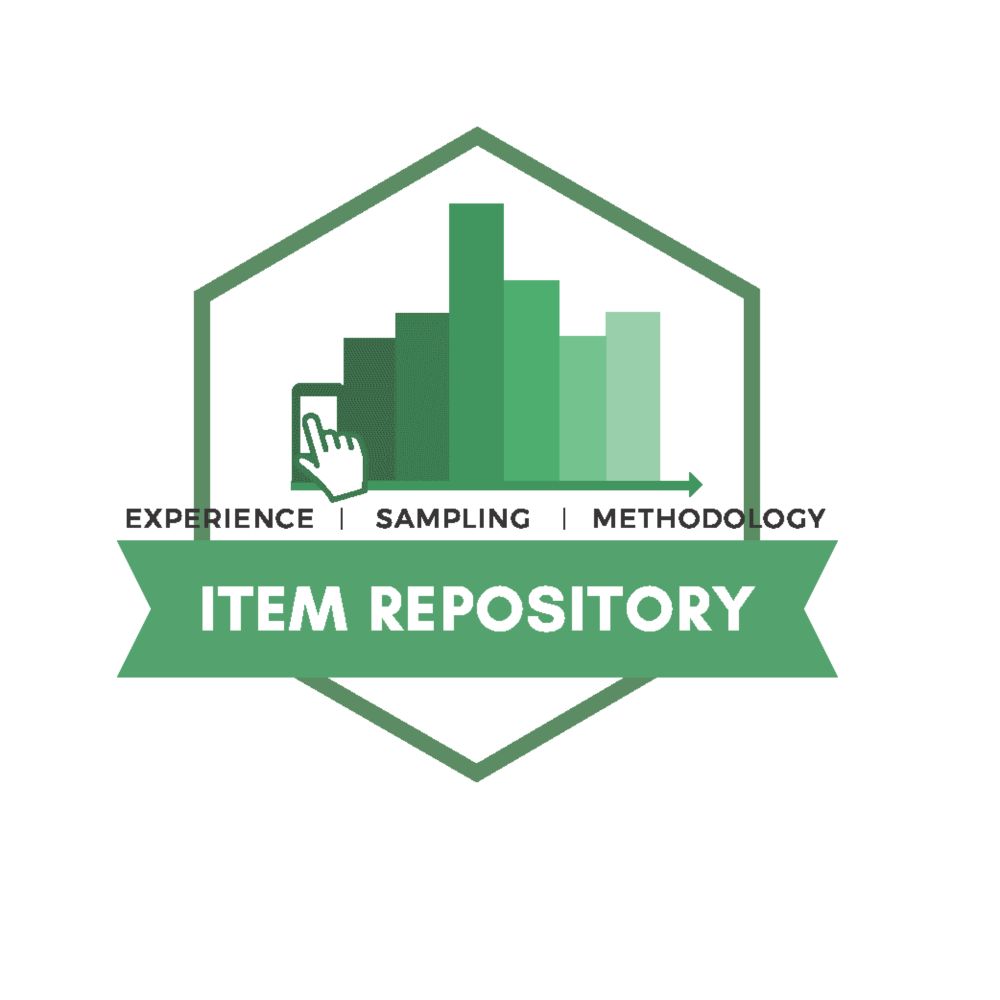
New preprint on the topic: We highlight the role of uncertainty & introduce a Bayesian multilevel approach for uncertainty quantification of network features 🧵
osf.io/preprints/ps...
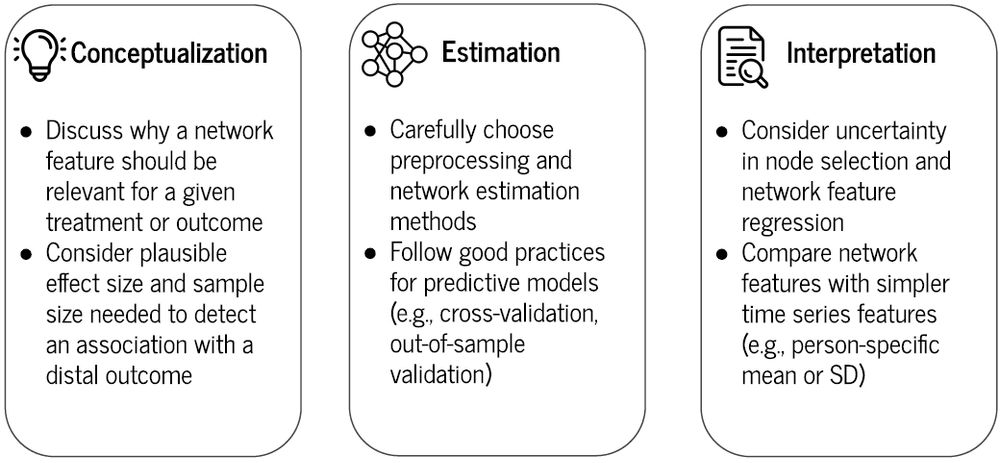
New preprint on the topic: We highlight the role of uncertainty & introduce a Bayesian multilevel approach for uncertainty quantification of network features 🧵
osf.io/preprints/ps...
In this PhD project, you will study how decisions in medicine (at the intensive care) can be improved using tools like algorithmic advice in both academic and hospital settings.
Talking Dutch is a plus! 😊
www.academictransfer.com/en/jobs/3514...

In this PhD project, you will study how decisions in medicine (at the intensive care) can be improved using tools like algorithmic advice in both academic and hospital settings.
Talking Dutch is a plus! 😊
www.academictransfer.com/en/jobs/3514...
In this paper, Nick Jacobson and I dive into the challenges researchers face when developing prediction models for just-in-time adaptive interventions (JITAI). 🧵👇
#EMA #JITAI #CrossValidation #PassiveSensing
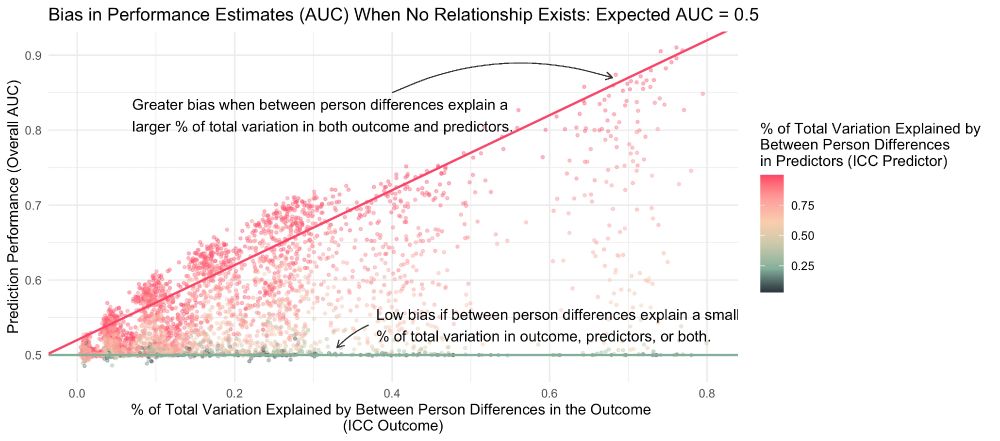
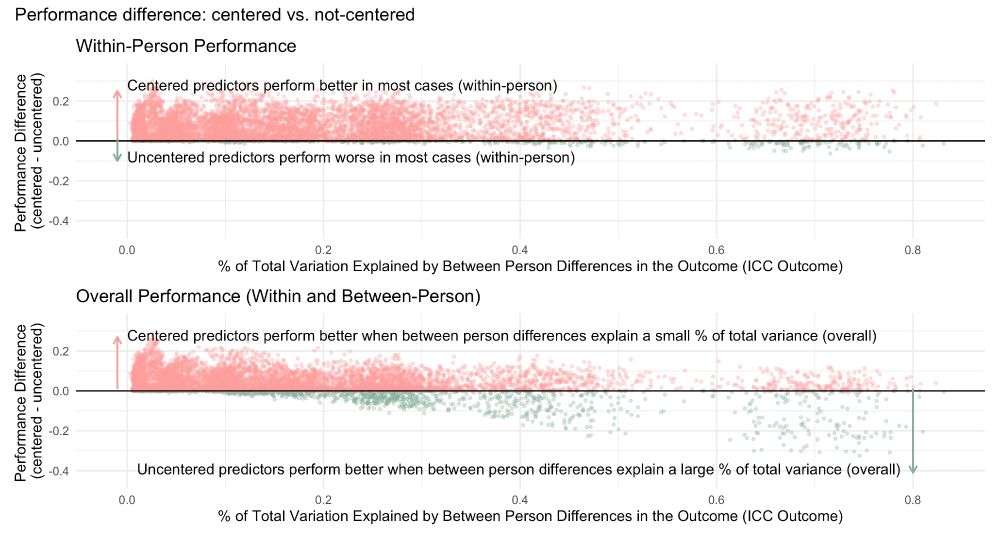
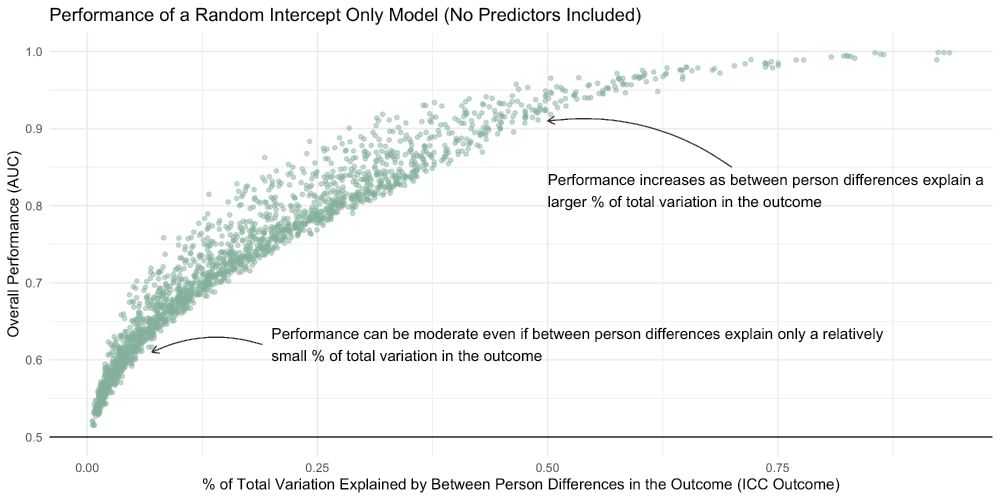
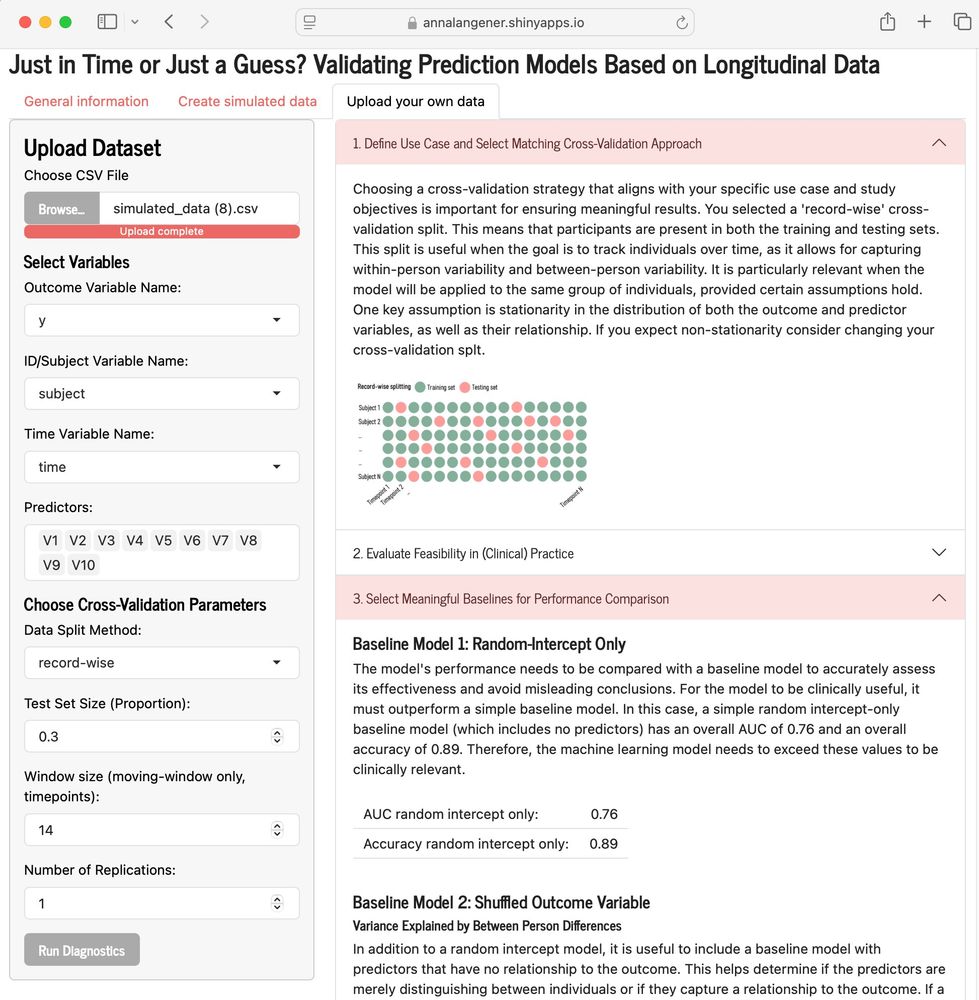
In this paper, Nick Jacobson and I dive into the challenges researchers face when developing prediction models for just-in-time adaptive interventions (JITAI). 🧵👇
#EMA #JITAI #CrossValidation #PassiveSensing
do we have sufficiently long time-series to estimate a VAR model without overfitting the data? Say no to models that "find meanings in random patterns".
osf.io/preprints/os...
do we have sufficiently long time-series to estimate a VAR model without overfitting the data? Say no to models that "find meanings in random patterns".
osf.io/preprints/os...
You can fill it out even if you do not use open-ended items in your own ESM research (will be even shorter 😊) rug.eu.qualtrics.com/jfe/form/SV_...
.
You can fill it out even if you do not use open-ended items in your own ESM research (will be even shorter 😊) rug.eu.qualtrics.com/jfe/form/SV_...
.
We combined experience sampling data with smartphone usage data to examine the bidirectional association between well-being and smartphone use over time.
Published in @apajournals.bsky.social Emotion!
🧵 👇

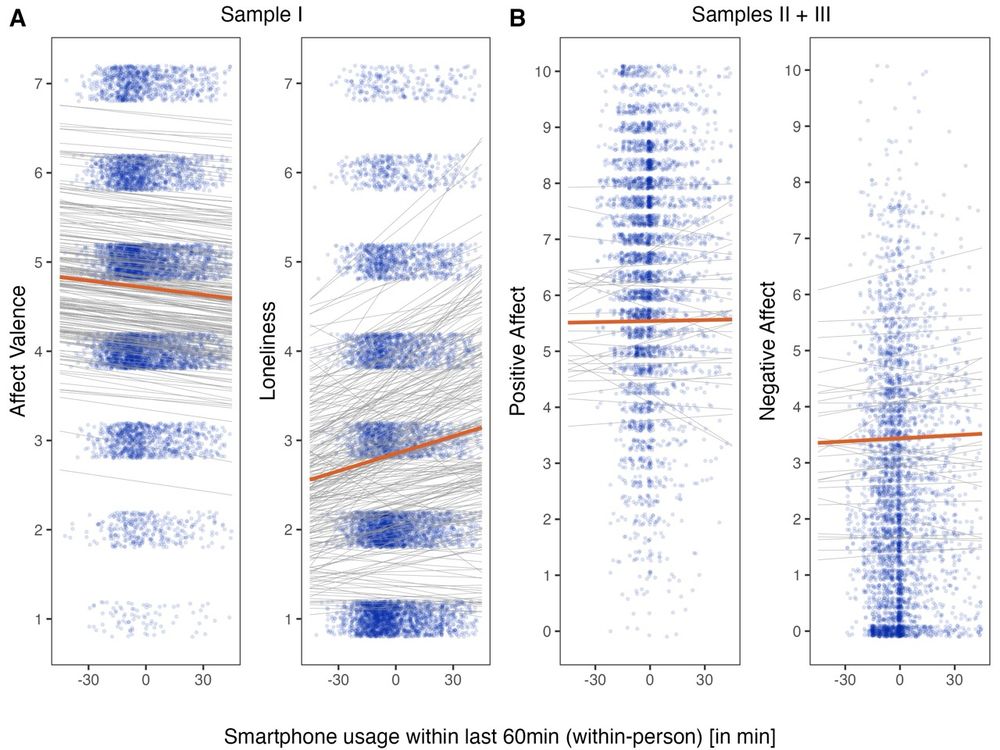
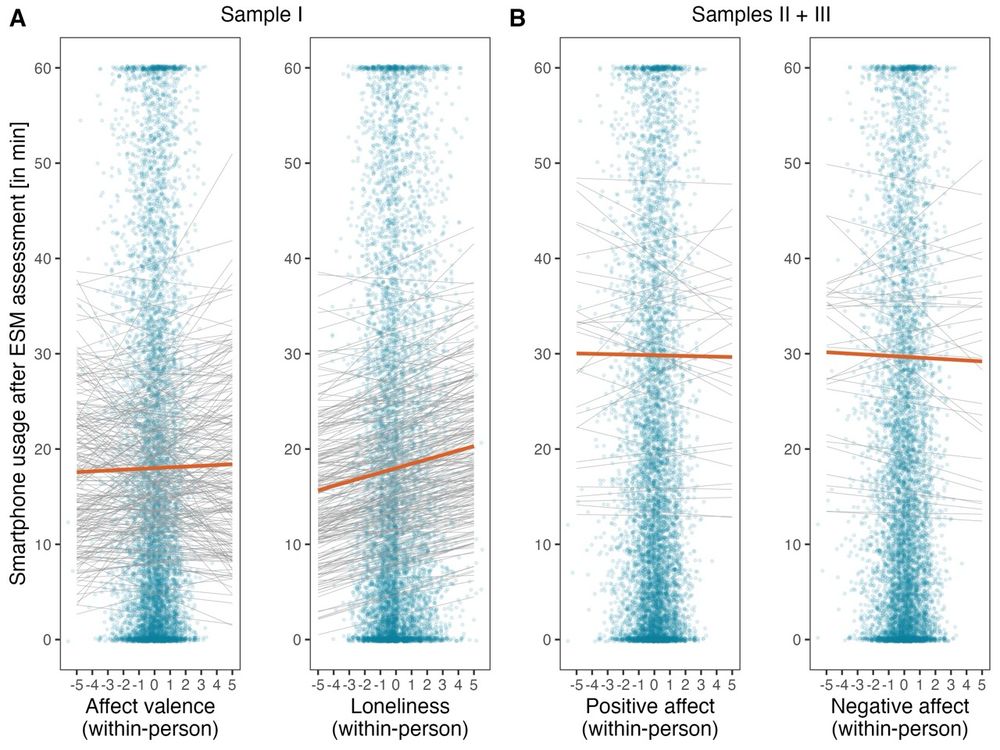
We combined experience sampling data with smartphone usage data to examine the bidirectional association between well-being and smartphone use over time.
Published in @apajournals.bsky.social Emotion!
🧵 👇

